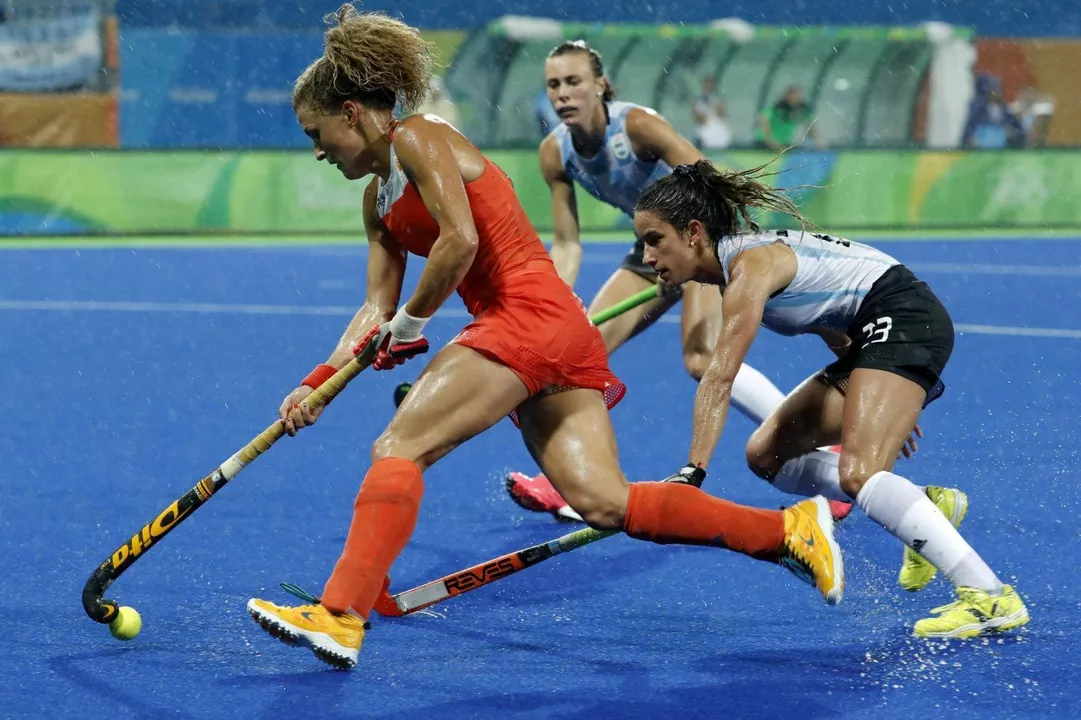Hockey Fight: The Real Deal Behind On‑Ice Brawls
Ever watched a game and wondered why players grab each other’s jerseys and throw punches? It’s not just random chaos – fighting has a role in hockey culture. Below we break down why fights happen, what the rulebook says, and how it affects players and fans.
Why Players Throw Gloves (and Sometimes Don't)
Most of the time a fight is a way to protect teammates. If a star player gets hit hard, a teammate might step in to send a message that the group won’t be pushed around. It can also be a tactic to change the game’s momentum – a big hit followed by a fight can fire up the crowd and give the home team a boost.
Another reason is personal rivalry. Some players develop grudges over seasons, and the ice becomes the only place they can settle scores. While it sounds violent, many argue it keeps larger, more dangerous hits in check because players know there’s a “payback” system.
The Rules That Keep Fighting in Check
Hockey isn’t a free‑for‑all. The NHL uses a “five‑minute major” penalty for anyone who throws a punch. The offender must sit in the penalty box for five minutes, no matter how many fights break out during that time. If a player leaves the box early, they get an additional ten‑minute misconduct.
There’s also a “game misconduct” for repeat offenders. After a certain number of fights in a season, a player can be suspended for several games. The league tracks these incidents closely because safety is a big concern.
Officials have a specific protocol: they first separate the fighters, then assess penalties. If a player continues to fight after being warned, the referee can eject them immediately. This system tries to balance the sport’s gritty edge with player health.
Safety measures have improved over the years. Players now wear better helmets, mouthguards, and protective padding. Concussion protocols require any player who takes a blow to the head to be evaluated before returning to the rink.
Fans love the drama of a fight, but it’s not the only excitement hockey offers. The fast‑paced skating, skillful stickhandling, and strategic play still drive the game’s popularity. If you’re new to hockey, watch a fight as a side note, not the main event.
Some of the most memorable moments involve legendary enforcers. Think of the “Original Six” era where players like Bob Probert became household names for their willingness to drop the gloves. Modern stars still keep the tradition alive, but often with less frequency due to stricter enforcement.
When you attend a game, notice how the crowd reacts. A fight can turn a quiet arena into a roar of chants and claps. It’s a shared experience that brings fans together, even if you don’t agree with the violence.
If you’re a parent of a young player, talk about why fighting isn’t the only way to protect teammates. Emphasize smart checking, positioning, and respecting opponents. Good role models help keep the sport safe for future generations.
Bottom line: fights are part of hockey’s identity, but they’re controlled by rules and monitored for safety. Knowing the why, the how, and the impact lets you enjoy the game without missing the skill that makes hockey great.

Has any hockey fight occurred in the Olympics?
During my research on hockey fights in the Olympics, I discovered that although hockey is a rough and intense sport, actual fights are quite rare in Olympic history. Strict rules and the prestigious nature of the event discourage players from engaging in physical altercations. In fact, fighting during an Olympic match could result in major penalties and potential disqualification. However, there have been a few notable incidents, such as the heated 1960 USA vs. USSR match, where tensions led to some aggressive exchanges. Overall, while hockey fights might be common in other leagues, they are a rarity at the Olympic level.
View More